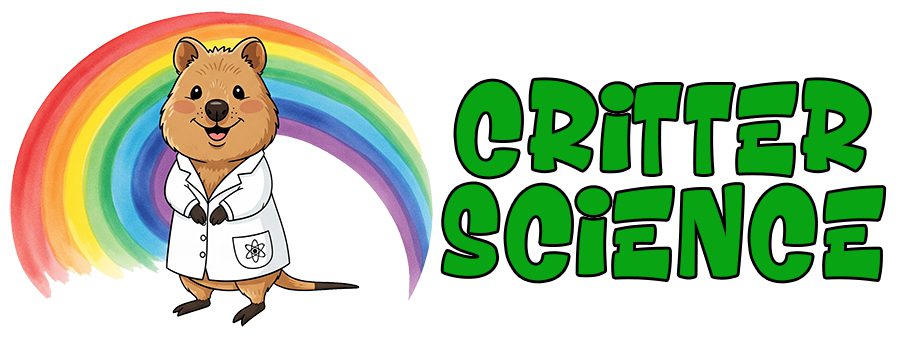- Zoology
- Daily Critter Facts
- For Teachers
- Study Guides
- Diseases & Parasites
- Contact


What Can and Cannot Be Recycled: A Comprehensive Guide
Recycling is a crucial component of sustainable living.
By understanding what materials can and can’t be recycled, you can drastically reduce your environmental impact. However, recycling guidelines can vary by location, so it’s essential to check with your city’s local recycling program for specific instructions.
What Can Be Recycled
Paper and Cardboard
- Newspapers, magazines, catalogs: These can usually be recycled.
- Cardboard boxes: Flatten them for efficient recycling.
- Office paper: White and colored paper, envelopes, and printer paper are often recyclable.
- Junk mail: Remove plastic windows before recycling.
Plastic
- Bottles: Most plastic bottles with a recycling symbol can be recycled.
- Containers: Plastic tubs, jugs, and jars are often recyclable.
- Rigid plastics: Some items like laundry detergent bottles and shampoo bottles may be recyclable.
Glass
- Bottles: Clear, brown, and green glass bottles are typically recyclable.
- Jars: Food and beverage jars can usually be recycled.
- Broken glass: While some recycling centers accept broken glass, others do not. Check with your local program.
Metal
- Aluminum cans: These are highly recyclable.
- Steel cans: Food and beverage cans are often recyclable.
- Tin cans: While similar to steel cans, some tin cans may not be recyclable.
- Aerosol cans: Empty and cleaned aerosol cans can be recycled in some areas.
What Cannot Be Recycled
Plastic
- Plastic bags: These can clog recycling equipment and should be recycled at specific drop-off locations.
- Plastic wrap: Similar to plastic bags, plastic wrap can cause problems in recycling facilities.
- Styrofoam: This material is difficult to recycle and often ends up in landfills.
- Plastic utensils: These are typically made from a type of plastic that is not easily recyclable.
Paper
- Paper towels and napkins: These are often contaminated with food and grease.
- Tissue paper: Like paper towels, tissue paper is not suitable for recycling.
- Waxed paper: The wax coating makes it difficult to recycle.
Other Materials
- Food-contaminated items: Pizza boxes, greasy paper, and food-soiled containers cannot be recycled.
- Electronics: Electronics contain hazardous materials and require special recycling processes.
- Batteries: Batteries should be recycled at designated drop-off locations.
- Light bulbs: Traditional incandescent bulbs can be disposed of in regular trash, but compact fluorescent lamps (CFLs) and LED bulbs contain hazardous materials and should be recycled.
Recycling Tips
- Clean containers: Rinse food and beverage containers to remove residue.
- Remove lids: Lids can be recycled separately in some areas.
- Check local guidelines: Recycling programs vary by location. Contact your local recycling facility for specific instructions.
Reduce and reuse
Before recycling, consider reducing your consumption and reusing items whenever possible. By following these guidelines and staying informed about your local recycling programs, you can contribute to a cleaner and more sustainable future for humans and animals alike.
Would you like to learn more about specific recycling programs or materials? Here is a listing of recycling rates by country.
